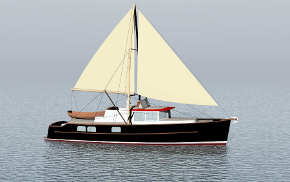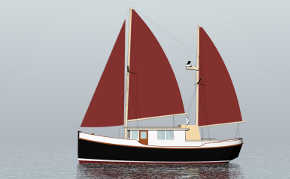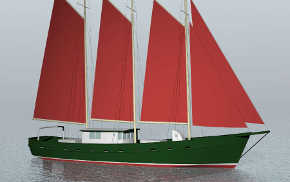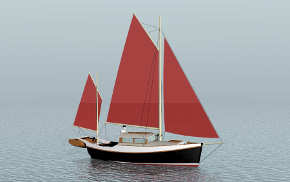Pages
Categories
- BC Maritime History
- Current design
- Design History
- Double-decked Seiners
- general design
- General Yacht Design
- Heavy displacement
- Ketches
- Maritime History
- Ocean Cruising
- Ocean Racers
- Power Boat
- R2ak
- Safety and Stability
- Sail and Oar
- Sailing Vessels
- Schooners
- Styling
- Tad Roberts Yacht Design
- Troller Design
- Uncategorized
- Wood Fishboats
Archives
- December 2025
- August 2025
- July 2025
- March 2024
- August 2023
- October 2022
- April 2021
- December 2020
- July 2019
- January 2019
- March 2018
- January 2018
- June 2017
- February 2017
- October 2016
- September 2016
- May 2016
- March 2016
- February 2016
- December 2015
- November 2015
- October 2015
- September 2015
- August 2015
- July 2015
- June 2015
- May 2015
- April 2015
- March 2015
- November 2014
- October 2014
- May 2014
- April 2014
- December 2013
- September 2013
- June 2013
- April 2013
- March 2013
- October 2012
- September 2012
- August 2012
- June 2012
- May 2012
- March 2012
- February 2012
- January 2012
- December 2011
- November 2011
- October 2011
- September 2011
- July 2011
- May 2011
- January 2011
- December 2010
- September 2010
- August 2010
- May 2010
- February 2010
Author Archives: admin
DRAGOON
Dragoon Dragoon, an Ocean Racing Ketch Launched 1925 Built by H.W. Embree & Son in Port Hawkesbury, Nova Scotia Designed by Ford, Payne, and Sweisguth Drawn by Francis Sweisguth (1882-1970) Built for Robert Bavier of City Island NY Contract price (firm) $6,795 LOA 66’6” LWL 55’0” Beam 14’6” Designed draft 8’6″ Ballast 27,000 iron outside[.....]
PRINCIPIA
Designed by L.E. “Ted” Geary, Principia is one of four identical hulls started on spec by Lake Union Drydock in 1928 just prior to the great depression. The boat was finished out for Le Roy Macomber, a Lawyer and Financier from Seattle. Macomber and his wife Marion bought Hardy Island (mouth of Jervis Inlet) in[.....]
ODAMIT (oh-dam-it)
Odamit (Later Chack-Chack), my Grandfather Harry Roberts boat, at Malaspina Galleries, Gabriola Island, 1924. The boat was about 35′ x 12′, built on the beach at Roberts Creek and launched 1923. Harry sold Chack-Chack in the ’30’s and replaced her with the slightly smaller schooner Leyo, also built on the beach at Roberts Creek and[.....]
Island Tender by Phil Bolger
Island Tender Drawn by Phil Bolger in 1958 and built by the Essex Shipyard in Essex, Massachusetts, this boat was intended to be used as an Island Tender carrying passengers and light cargo around St. Thomas in the Virgin Islands. Lightly built with a vee-bottom using sawn frames the hull is moderately deep and high-sided[.....]
ALEUTIAN TERN
Aleutian Tern Aleutian Tern, William Garden design #478 done in 1963 when his office was in Seattle. She was built of mostly yellow cedar in Seattle by Warren Teller for his own use. 38′ x 13′ with 4’8″ draft, her engine was to be a BMW diesel fitted backwards over the shaft log, driving the[.....]
Spirit
Yesterday I posted about the big Spencer/Kiskaddon schooner New World, here’s her forerunner, the Sparkman & Stephens sloop Spirit. Intended as the first of a new San Francisco Bay racing class, S&S design #1557 was drawn mainly by Robert Harris in the summer of 1960. The boat was to be very much a day racer,[.....]
NEW WORLD
New World New 8 JuneShow less The ocean racing schooner New World was launched in New Zealand about 1971. 69′ x 13′, of light plywood construction, with a displacement of 30,000 lbs, 11,600 lbs of ballast, flush decks and no engine, she was pretty different. Her design was a collaboration between designer/builder John Spencer, and[.....]
LITTLE GOOSE
There were actually four boats built to this mid-1950’s William Garden design. Garden has written that the first one, Little Goose for John Case, was one of his favorite boats. That might partially stem from her being built at Maritime Shipyards where Garden’s office was at the time, so he saw her every day. The[.....]
The Perfect Coastal Motorboat
In 2010 I was involved with a group that wanted to design and build “The Perfect Coastal Motorboat”. A nice idea, group design, but in my experience it doesn’t work. The pushy-argumentative people always get their way and the others follow along. But any product “designed” by a group of non-designers will end generic in[.....]





Beachcombing